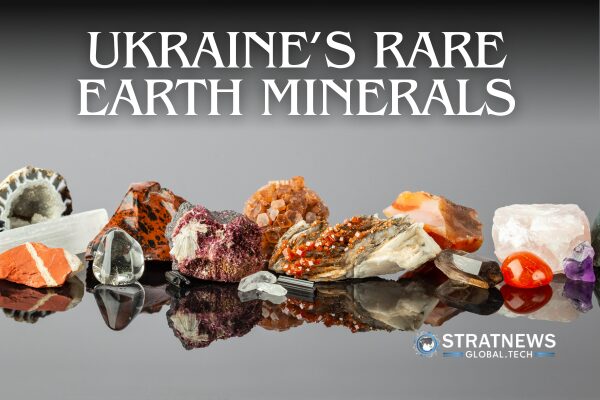Ukraine Eyes Rare Earth Deals as War Effort Continues
Ukrainian President Volodymyr Zelenskiy examined a once-classified map detailing Ukraine’s vast reserves of rare earth minerals during an interview with Reuters. This move is part of Kyiv’s effort to attract US investment and appeal to Donald Trump’s preference for strategic deals.
Ukraine Offers Critical Minerals in Exchange for Support
Trump’s administration has urged Ukraine to supply rare earths and other minerals to the US in exchange for financial aid for its war effort. Last autumn, Ukraine proposed opening its critical mineral resources to investment by allies, presenting it as part of a broader “victory plan.” This initiative aims to strengthen Ukraine’s position in negotiations and pressure Moscow into peace talks.
Zelenskiy stated that Russia currently controls less than 20% of Ukraine’s mineral resources, including about half of its rare earth deposits. These minerals are vital for high-performance magnets, electric motors, and consumer electronics. He warned that Moscow could offer these resources to its allies, North Korea and Iran, both adversaries of the US.
Ukraine’s Rich Reserves of Titanium and Uranium
Beyond rare earths, Ukraine holds Europe’s largest reserves of titanium, a key material for aviation and space industries, and uranium, essential for nuclear energy and weapons. Many of these titanium deposits are located in northwestern Ukraine, far from the active conflict zone.
As part of its evolving foreign policy, Ukraine is adapting to the transactional approach of the Trump administration, which remains Kyiv’s most crucial ally. However, Zelenskiy clarified that Ukraine is not offering unrestricted access to its resources. Instead, he proposed a mutually beneficial partnership to jointly develop and extract them.
Zelenskiy also revealed that Soviet-era geological surveys, taken to Moscow after Ukraine’s independence in 1991, had provided Russia with detailed knowledge of Ukraine’s mineral wealth. Meanwhile, discussions with the White House include the potential use of Ukraine’s underground gas storage facilities for US liquefied natural gas.
The Importance of Rare Earth Minerals
Rare earth minerals, despite their name, are not scarce in the earth’s crust. However, economically viable deposits are harder to find, and their separation into usable materials is a complex process.
China currently dominates the rare earth market, producing 60% of global mined rare earths and 90% of processed rare earths and magnets. The extraction and processing of these minerals involve multiple steps:
- Mining: Ore is extracted, crushed, and processed to remove non-rare earth materials.
- Radioactivity Removal: Certain ores require additional treatment to eliminate radioactive elements like thorium and uranium.
- Separation: Rare earth elements must be individually extracted using ion-exchange or chemical solvents.
- Metal and Alloy Production: The purified rare earth oxides are transformed into metals and combined with iron and boron to create alloys.
- Magnet Manufacturing: Alloys are further refined into powder and processed into high-performance magnets, essential for electric vehicles and wind turbines.
New environmentally friendly technologies are being developed to improve rare earth processing, but they are not yet widely implemented.
As Ukraine positions itself as a key supplier of critical minerals, its partnership with the US could reshape global supply chains and challenge China’s dominance in the market.
With inputs from Reuters


